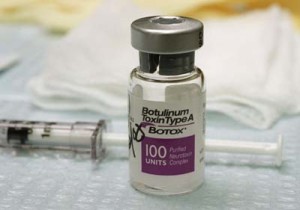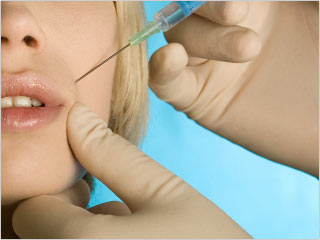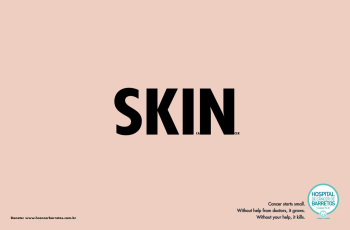The October issue of the official medical journal of the American Society of Plastic Surgeons (ASPS) reports a new and validated method for providing standard cohesivity ratings for hyaluronic acid dermal fillers.
The search for the best hyaluronic filler comes after the surge of interest in the use of dermal fillers to enhance shallow contours, soften facial creases and wrinkles and improve the appearance of recessed scars.
Dermal fillers can be very helpful in those with early signs of aging, or as a value-added part of facial rejuvenation surgery. These fillers are often injected in medspas or a surgeon's office and are predictable, with relatively minimal risks and side effects.
In 2014, ASPS data revealed that around 2.3 million dermal filler injections were done. Statistics from the Cosmetic Surgery National Data Bank and other market research show that dermal filler market in the United States is valued at a whooping $1 billion.
Hyaluronic acid dermal fillers are natural, gel-based products which are highly compatible with the body, making them the most commonly used dermal filler in the industry. Plastic surgeons are now looking for evidences that will aid them in selecting the product that will give the best result for their patients.
Though there is a wide range of available products, there still exists a lack of scientific data to support the rheologic or the flow-related properties of the available dermal fillers in the market.
Dr. Hema Sundaram, a dermatologist in Rockville, MD, Samuel Gavard Molliard, a scientist in Geneva, Switzerland, and colleagues used the ratings of cohesivity and other biophysical properties to identify the dermal filler that is suited to each procedure being done.
The biophysical characteristics of hyaluronic acid gel fillers reflect individual manufacturing processes. They confer rheologic properties that provide scientific rationale with Evidence Level II clinical correlation for selection of appropriate fillers for specific clinical applications.
Cohesivity measures the capacity of a material to "stick together" and not dissociate. It is a key property that maintains gel integrity, contributes to tissue support with natural contours, and diminishes surface irregularities.
Researchers point out that products with higher cohesivity scores are not always the best. The ranking system aims to ‘provide a scientific rationale for the intuitive selection of different products for specific clinical objectives.’
According to Dr. Sundaram and colleagues, fillers with higher cohesivity may be better used for more superficial placement, or placement in mobile areas such as around the mouth or eyes while products with lower cohesivity may be effective for use as ‘deep volumizers’.
The researchers developed a standard test for comparing the cohesivity of hyaluronic acid dermal fillers. Samples of each filler gel were dyed, then squeezed into water and stirred using automated technology.
A panel of plastic surgeon and dermatologist specialists experienced in using HA fillers then rated each sample’s cohesivity on an original five-point scale, known as the Gavard-Sundaram scale.
Cohesivity scores of the FDA-approved fillers varied across the full range of the scale: from ‘fully dispersed’ to ‘fully cohesive’. Cohesivity was rated high for one product, medium to high for three, low to medium for one, and low for one.
Aside from the data on cohesivity, researchers believe that comparative data on other rheologic properties (such as elasticity and viscosity) can make dermal filler procedures more sophisticated and successful.
----
Results of the study "Cohesivity of Hyaluronic Acid Fillers: Development and Clinical Implications of a Novel Assay, Pilot Validation with a Five-Point Grading Scale, and Evaluation of Six U.S. Food and Drug Administration–Approved Fillers" may be read on: http://journals.lww.com/plasreconsurg/Fulltext/2015/10000/Cohesivity_of_Hyaluronic_Acid_Fillers__.11.aspx

















